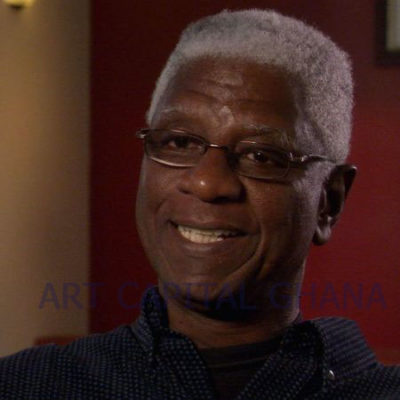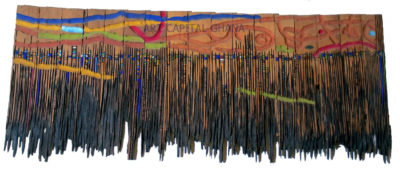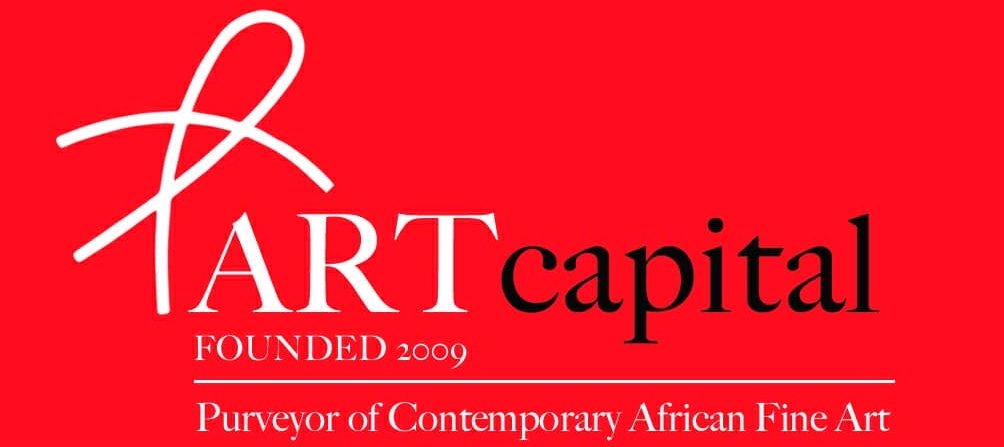A LIVING LEGEND
By Nii B. Andrews
El Anatsui is arguably the most famous living African artist. His signature mammoth sized metal bottle top hanging sculptures are present in major museums and collections.
It was in the late 1990s that “waste metal” objects first appeared in his work- a cassava grater in 1998 and the first of the Peak Projects in 1999.
The “waste metal” undergoes two transformations. First from waste/rubbish to “cloth”; second, from “cloth” to sculpture….or art.
Anatsui’s previous creations from sets of interchangeable wood piece sculptures gouged and inscribed with Nsibidi, Adinkra and Uli script by using an acetylene torch and chain saw keep increasing very rapidly in value and are easily recognizable.

His timeless gift to the world is that he broke with sculpture’s traditional adherence to forms of fixed shape while simultaneously visually referencing the history of abstraction in world art.
Even much earlier in the 1980s; old wood- mortars, house posts and driftwood were his materials. Anatsui explained in his studio notes,
“New wood has poetry locked in it. Old wood is poetry itself.
Time, having worn off its prose”.
We will skip an excursion into the symbolism and dialectics around an artist’s use of found or collected materials; enough ink has already been spilled on that by more agile and astute minds.
Let us therefore immediately proceed to saying what needs to be said.
Fasten your seat belts; there will be turbulence as there is no easy way to say this.
So many of our young Ghanaian artists are trying to copy Anatsui; they appear to be working wholly within his shadow.

They are trying so hard to make art from found or collected objects that hang- pun fully intended.
Yes, they may be using different collected materials- coins, old cloths, discarded sacks, plastic containers, plastic bags etc; but the concept and execution are shortchanged.
It remains HFC- the Hanging Fixed Collection or if you prefer, the use of unchanged collected – largely discarded material, to provide a weak thematic focus.
More so, the effect often appears forced and contrived. It lacks aesthetic kick and or emotional elan.
It is often DOA- dead on arrival!
Why?
Because, there is no compelling attention to detail, no meticulously laborious work is performed in modifying or transforming the collected pieces- such as flattening/ modifying metal pieces, or joining them in intricate patterns or sections to make a rich, sparkling colorful whole with sweeping visual interest.

Perhaps, nowhere is the empirical evidence for this sad assertion more evident than at the ongoing exhibition “Orderly, Disorderly”, situated at the National Museum for Science and Technology.
This exhibition showcases the work of the graduating class from the College of Art at the Kwame Nkrumah University (KNUST).
But it is also evident from the work on display that many of the young artists show tremendous promise and a refreshing vitality that must be encouraged and supported.
We can only hope that blaxTARLINES KUMASI, a prime sponsor of the exhibition, will sustain the push for radical experimentation thus opening up more avenues for artistic and critical exploration.
This should then crystallize into a real long term practice and a collective movement.
The takeaway lesson?
By all means, young artists, strive to emulate Anatsui for he is a great artist and role model.
But do not try to simplistically replicate his work or his particular concept; it does not work; you need to move out of his shadow.

There seems to be a rapidly growing tendency for youthful Ghanaian artists especially in film and music to emulate other artists (especially foreign)in stead of developing their own style.
Not surprisingly their colleagues in art and craft seem to fall victim to the same unfortunate trend.
Is this a reflection of teaching/mentoring style or is it a shortfall of the individuals involved? We need to know.
Let us encourage our young art talent to strive for the highest standards as they blaze their individual trails in the fascinating world of art.